Note: A variation of this post was originally published on the Metal AM website.
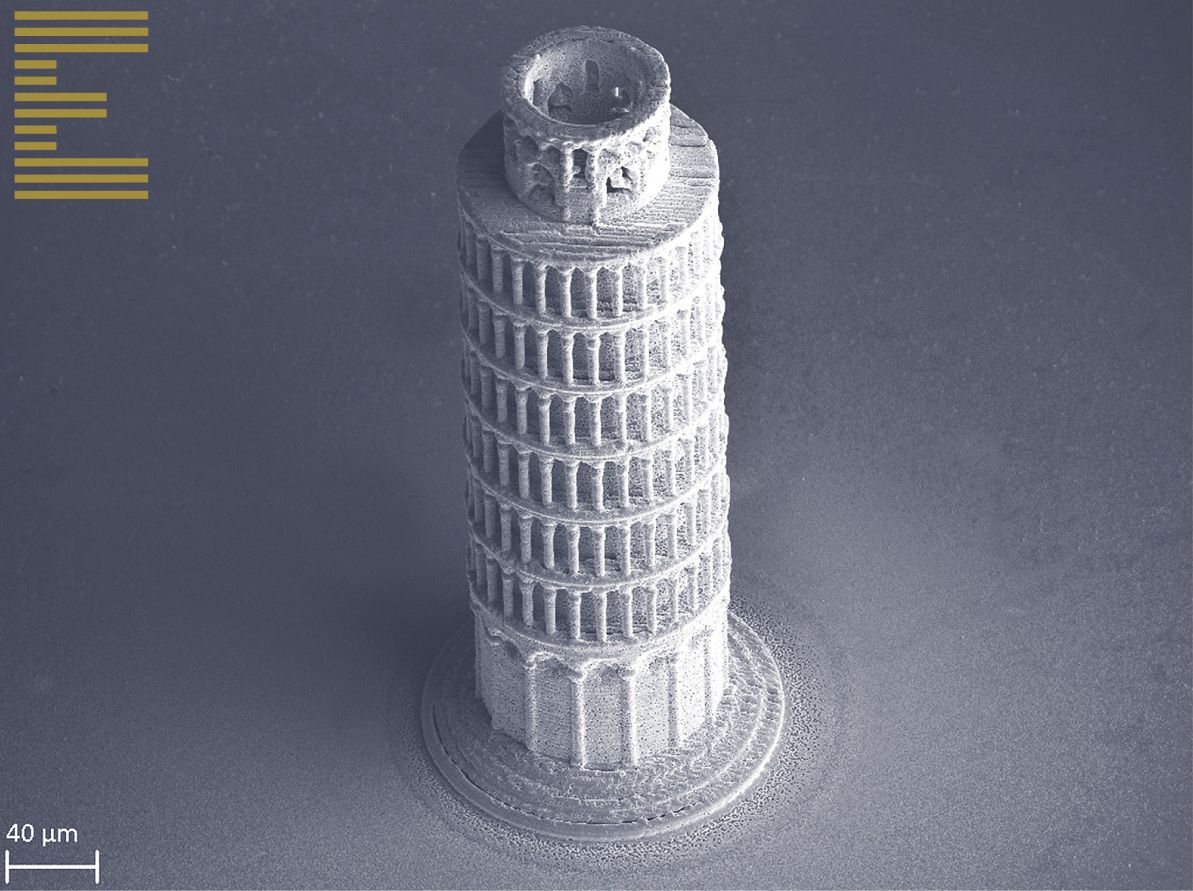
University of Pisa, CISUP, and Exaddon
As the most recent purchaser of the CERES system, Professor Giuseppe Barillaro and his team at the University of Pisa are excited to further their research endeavors with the unique capabilities of microscale metal AM.
Acquired through the framework of the Center for Instrument Sharing University of Pisa (CISUP), the CERES printer will see use by a whole wide range of different research departments, highlighting its versatility in microscale research scenarios. According to Professor Barillaro, the CERES system "will be exploited to carry out frontier research on advanced micro and nano materials and structures with application in electronics and photonics, biomedics and medicine, life-sciences and nuclear physics".
3D Printing Micropillar Arrays for Cell Transfection Studies
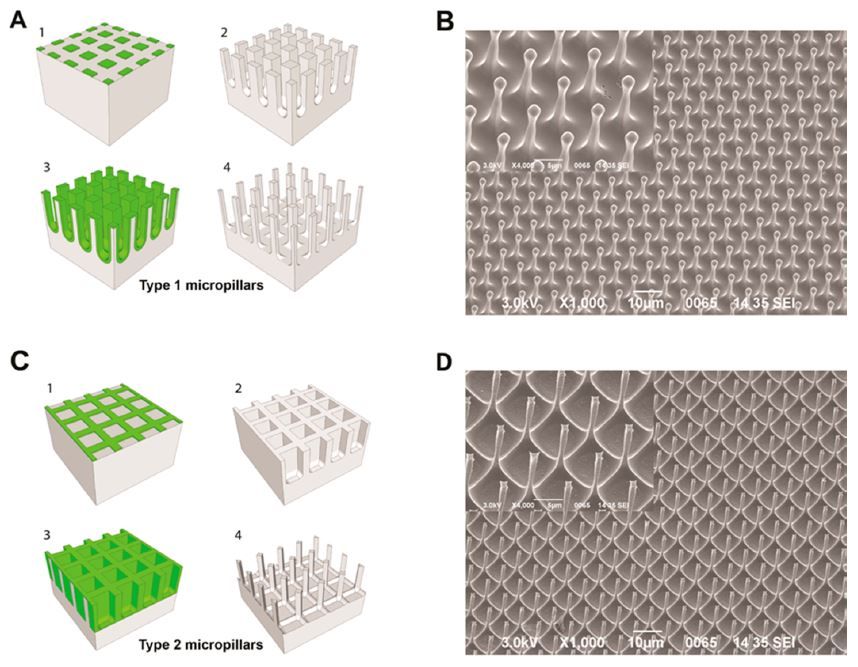
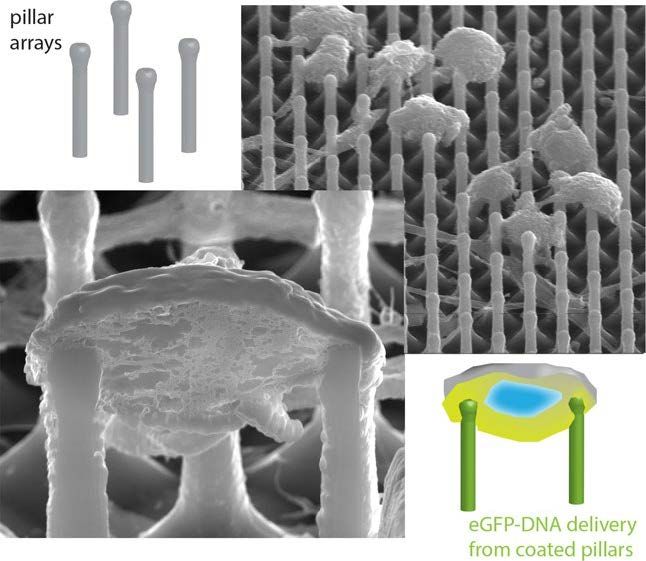
Among this vast range of disciplines, cell transfection using nanoneedles is just one area of research which Professor Barillaro cited as a target use for CERES, pointing to a 2016 study published in Applied Materials and Interfaces. The study sought to show how cell membranes had different responses when brought into contact with arrays of different shaped micropillars.
In the study, the team used electrochemical micromachining, specifically lithography and acid etching to create silicon pillar arrays. When the cells contacted these pillars, the cell walls were permeated, whilst the cells remained viable, thus allowing certain molecules to be trafficked into the cells. This process, known as biomolecular trafficking, is extremely relevant in modern biotechnology. Through changing the diameter and height of the pillars, the team was able to influence how this process occurred.
They found that different parameters of the pillars (diameter, spacing, etc) informed different cell responses.
This study demonstrates an ideal use case for the CERES printer: creating arrays of microscale pillars, but this time, out of pure metal; impossible with processes like lithography and etching.
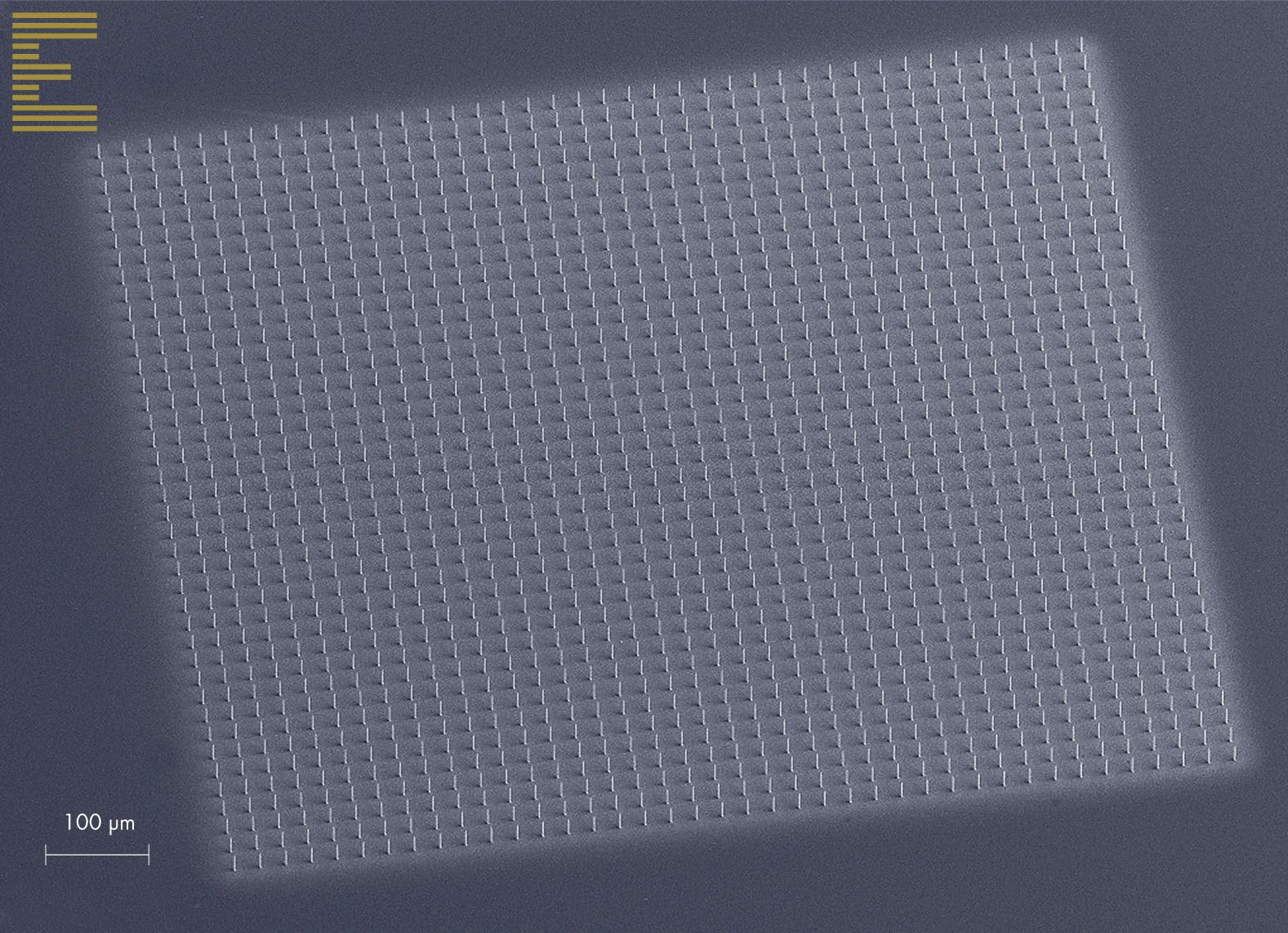
As a test scenario, Exaddon R&D engineers printed 1 mm x 1 mm arrays of micropillars to test uniformity and repeatability of printed objects. The results can be seen above, and the translation to the cell transaction use case is readily apparent.
The pillar diameters of the silicon arrays in the 2016 study were either 500 nm or 1000 nm, depending on the array. As a comparison to this, CERES can print 1000 nm diameter pillars with a standard printing tip, and pillars with as little as ~250 nm diameter with a custom tip. Further, these pillars can be printed in gold or copper, and on a variety of substrates, including gold, copper, and flexible polymers such as PEDOT.
Microscale Metal AM in Fundamental Research
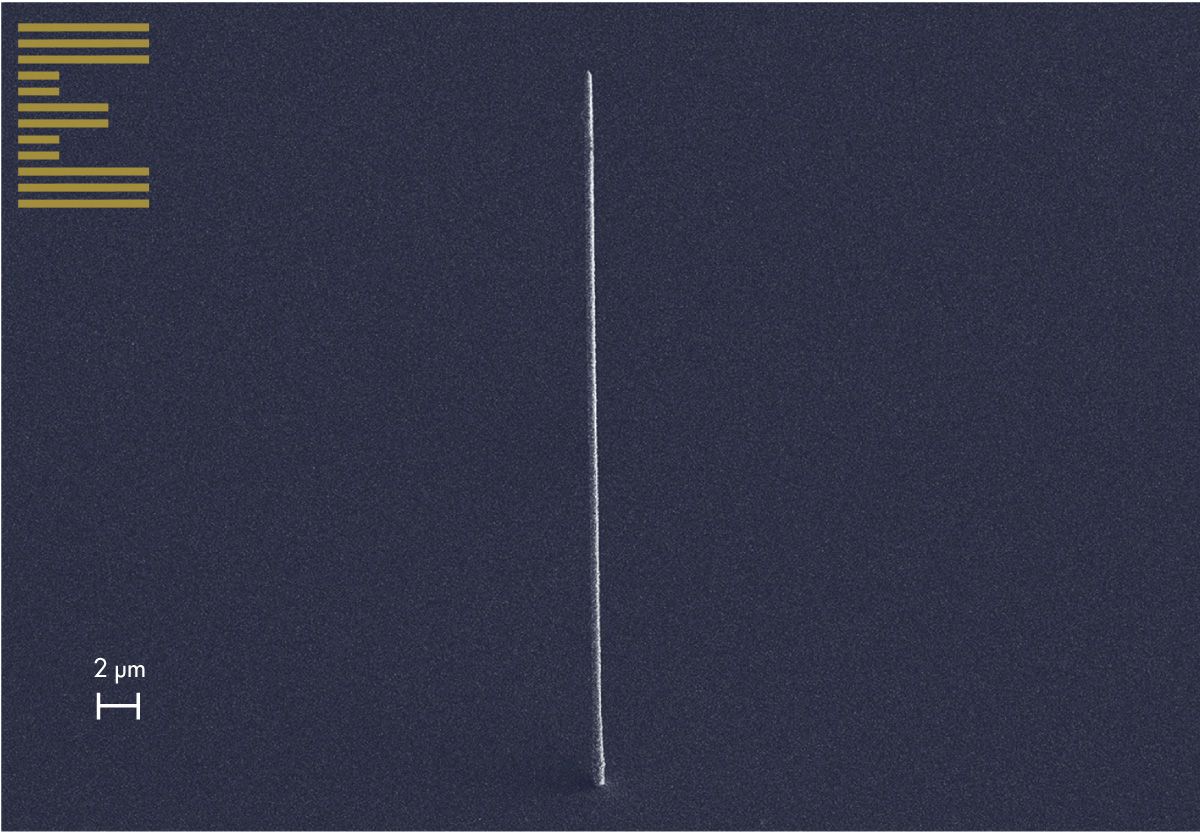
The acquisition of the CERES printer marks an important point for the use of microscale metal AM in biological research applications. Furthermore, the wide range of research fields in which CISUP intends to use CERES will provide an excellent test of its versatility and applicability in fundamental research; from electronics and photonics, to biomedics and medicine, life-sciences and nuclear physics.
To mark the occasion, the Exaddon team created a scale replica of the famed Leaning Tower of Pisa, only this time printed in pure copper with their CERES system, and at just 360 μm in height. That’s a ratio of 1:155,167 to the original tower!
Reach out to us and learn more
Discuss your industrial applications or fundamental research challenges
University of Pisa Purchase the Exaddon CERES μAM Print System